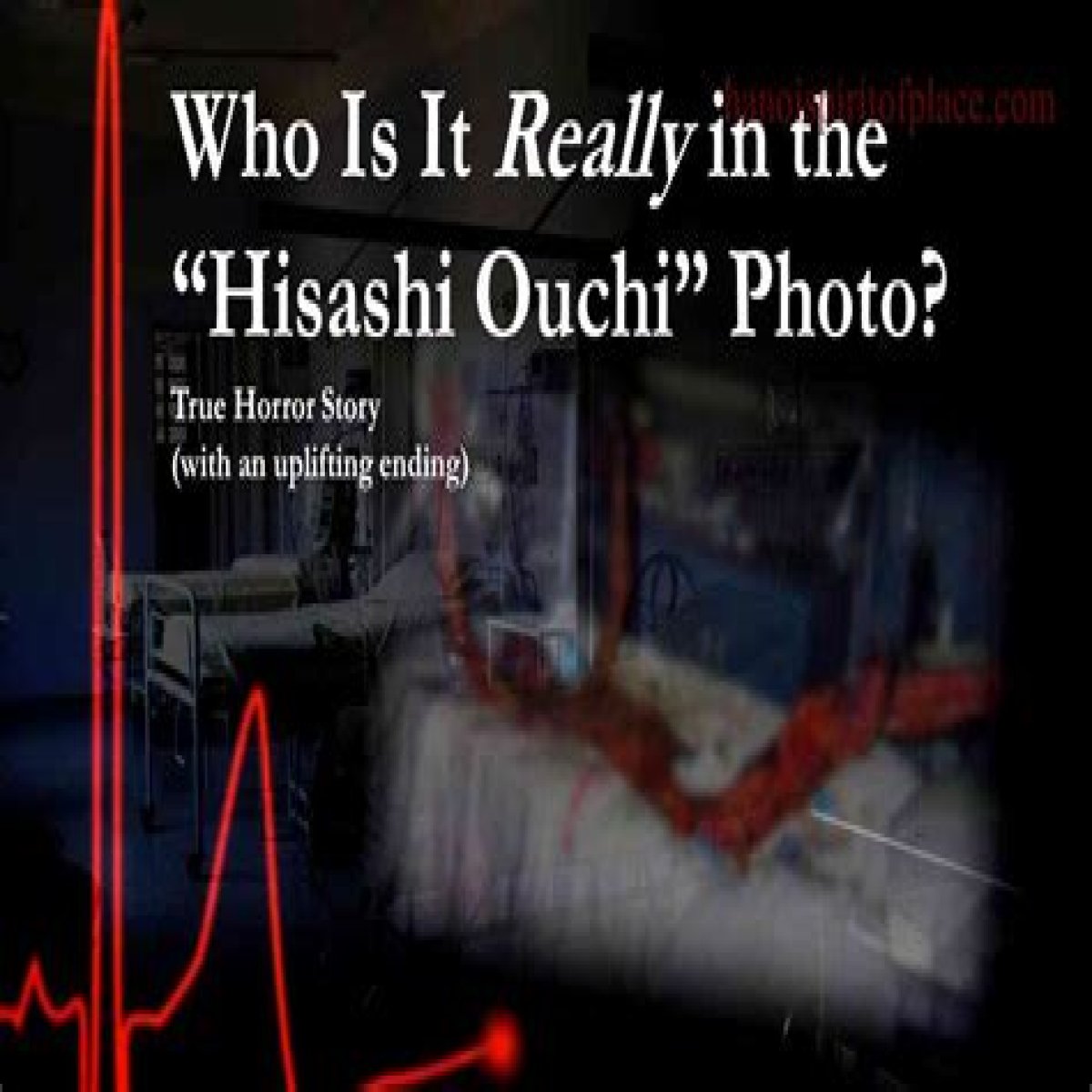In the annals of modern history, few stories resonate with the chilling intensity of Hisashi Ouchi's tragic fate. The haunting images that accompany this narrative, often referred to as the "Hisashi Ouchi gore photos," serve as a stark reminder of the catastrophic consequences of nuclear accidents. These visuals are not just mere photographs; they encapsulate a harrowing tale of suffering and the fragility of human life when faced with the overwhelming forces of nature and technology.
The story of Hisashi Ouchi begins on September 30, 1999, at the Tokaimura nuclear facility in Japan, where a criticality accident led to one of the most severe nuclear incidents in the country's history. Ouchi, a young nuclear technician, became a victim of this incident, suffering from extreme radiation exposure that ultimately claimed his life. His ordeal lasted for months, drawing attention from around the world and raising critical questions about safety protocols in nuclear facilities.
As the public grappled with the implications of the accident, the images that emerged from Ouchi's hospital room painted a vivid picture of the human cost of radiation exposure. The "Hisashi Ouchi gore photos" have become a controversial topic, often debated for their graphic nature and ethical implications. In this article, we delve deeper into the life and tragedy of Hisashi Ouchi, exploring the events leading up to the accident, the aftermath, and the impact on nuclear safety regulations.
Who Was Hisashi Ouchi?
Hisashi Ouchi was a 35-year-old technician who worked at the Tokaimura nuclear facility in Japan. His expertise in nuclear technology and his dedication to his work, however, could not shield him from the catastrophic events that unfolded on that fateful day. Ouchi was known for his commitment to safety and his willingness to learn, but the tragic accident changed his life forever.
What Happened on September 30, 1999?
On that day, Ouchi and his colleagues were involved in a procedure to create a uranium solution for a nuclear reactor. Due to a series of mistakes and miscalculations, they inadvertently triggered a criticality accident, leading to an uncontrolled nuclear reaction. The incident resulted in a massive release of radiation, exposing Ouchi to deadly levels of radiation, which his body could not withstand.
What Were the Immediate Consequences of the Accident?
- Ouchi suffered severe burns and radiation sickness almost instantly.
- He was rushed to the hospital, where he underwent extensive treatment.
- The media coverage of his condition sparked widespread outrage and concern regarding nuclear safety protocols.
- Ouchi’s colleagues also suffered from the effects of the accident, but Ouchi's case was the most severe.
What Do the Hisashi Ouchi Gore Photos Reveal?
The "Hisashi Ouchi gore photos" depict the grim reality of radiation exposure. These images are graphic and unsettling, showcasing the physical toll that radiation can take on the human body. Hisashi Ouchi's condition deteriorated rapidly, and the photos taken during his hospital stay reveal the extent of his suffering.
Why Are the Photos Controversial?
Many argue that sharing such graphic images is unethical and disrespectful to Ouchi's memory. The photos serve as a stark reminder of the human cost of technological failure, but they also raise questions about the boundaries of medical ethics and the right to privacy. Some believe that these images should be used to educate the public about the dangers of radiation, while others feel that they exploit Ouchi's tragedy.
What Impact Did Ouchi's Case Have on Nuclear Safety Regulations?
- The incident prompted a thorough investigation into the safety practices at nuclear facilities.
- It led to stricter regulations and oversight of nuclear operations in Japan.
- Ouchi's case became a pivotal moment in discussions about the safety of nuclear energy worldwide.
How Did Hisashi Ouchi's Tragedy Affect Public Perception of Nuclear Energy?
Ouchi's story ignited a debate about the safety of nuclear energy, particularly in Japan, a nation that relies heavily on nuclear power. Many citizens began to question the safety measures in place and whether the benefits of nuclear energy outweigh the risks. The incident ultimately contributed to a growing anti-nuclear sentiment in Japan, especially following the Fukushima disaster in 2011.
What Can We Learn from Hisashi Ouchi's Story?
Hisashi Ouchi's tragic fate serves as a cautionary tale about the importance of safety protocols in high-risk industries. It underscores the need for rigorous training, proper oversight, and a culture of safety to prevent similar accidents from occurring in the future. The "Hisashi Ouchi gore photos" remind us of the human cost of negligence and the dire consequences of technological failures.
Conclusion: The Legacy of Hisashi Ouchi
The legacy of Hisashi Ouchi is a complex one, marked by tragedy and the quest for accountability in the nuclear industry. While the "Hisashi Ouchi gore photos" are unsettling, they serve a purpose in educating the public about the dangers of radiation and the importance of safety measures. Ouchi's story is a poignant reminder of the fragility of life and the critical need for vigilance in the pursuit of technological advancement.
Unveiling The Height Of Blake Lively: How Tall Is She Really?Unveiling The Mystique Of Hisachi Ouchi: The Real StoryUnveiling The Spiritual Journey: Is Ryan Reynolds Christian?
